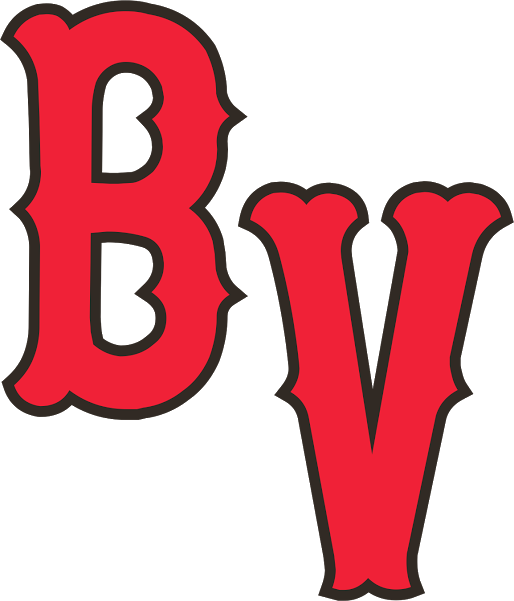NCAA
NCAA Division I schools are allowed to fund 11.7 scholarships across their entire roster. Scholarship monies can be divided and split up among players and a blending of athletic and academic scholarship funds is permissible. Full scholarships are incredibly rare, and some lower-tier Division I schools don’t fully fund all 11.7 scholarships.
At the Division II level, schools are permitted nine scholarships to divide among their players. Division III programs do not award athletic scholarships, but many schools do a very good job of finding academic aid and other funding for their players.
NAIA
NAIA schools are allowed to fund 12 scholarships across their roster of players, and additional blending of athletic and academic scholarship monies is permissible.
Junior College
NJCAA Division I and Division II schools are permitted to fund 24 scholarships including tuition and books. At the Division I level, these scholarships also cover room and board and other fees. Blending athletic and academic scholarship monies is also permissible. NJCAA Division III schools do not award athletic scholarships.
Recruiting Information to Remember
A 50% college baseball scholarship is considered a very good offer. Be sure to ask what exactly the offer covers — tuition, room and board, books, student fees, etc. Most scholarship monies are delegated to “up the middle” players (pitchers, catchers, shortstops, second basemen and centerfielders) and two-way players generally receive the highest offers.
Take a proactive approach early in your athletic career and recruiting process, researching schools and programs that are an athletic and academic match for you. Players must register with the NCAA Clearinghouse at the completion of their junior year. Those forms are available online or from your high school guidance counselor.
Most importantly, the first thing college coaches will look into is whether or not a player will be able to get into their school. If you don’t meet a school’s minimum academic requirements for admission, don’t expect to hear from that coach.
The recruiting process will require an open and honest appraisal of your skills and ability as a baseball player. It’s often easy to focus on the glamour of NCAA Division I athletics at the expense of a wider range of opportunities and playing time at other levels.
Contact With College Coaches
Colleges are permitted to write letters to prospects beginning Sept. 1 of their junior year of high school. Personal contact may begin taking place July 1 of a player’s junior year.
Players should begin any initial contact letters to college coaches by including the coach’s last name in the opening salutation. “Dear Coach Quinn,” for example — 95% of letters that simply begin “Dear Coach” will be thrown away.
Players should write handwritten letters and fill out any questionnaires sent by schools themselves. Coaches can tell if parents are the ones doing them. Even if you are not interested in a particular school that sends you a questionnaire, still fill out and return the information. Remember, coaches talk to other coaches!
Keep contact letters brief, as the longer they are the less likely they will be read. Don’t lie about any athletic abilities, accomplishments or academic standing and never contact coaches at their home or send them your application to their school.
Sending coaches highlight DVDs or links to videos showcasing your skills can help, but aim to keep them around three minutes in length. Be certain to show throwing abilities from infield or outfield practice, several at-bats during competition and running the bases following a hit. Pitchers should show about one inning of work or roughly 15 pitches.
Players can make one official (paid) visit to no more than five NCAA institutions during only their senior year of high school. An unlimited number of unofficial (unpaid) visits may be made any time. If you are interested in attending a particular school, it’s smart to attend their summer baseball camps if at all possible. Those events will give you the chance to see their campus firsthand as well as demonstrate your skills in front of the school’s coaching staff.
